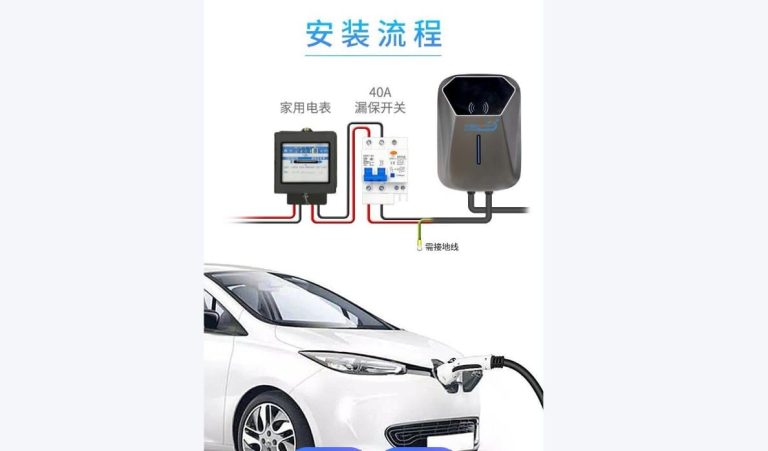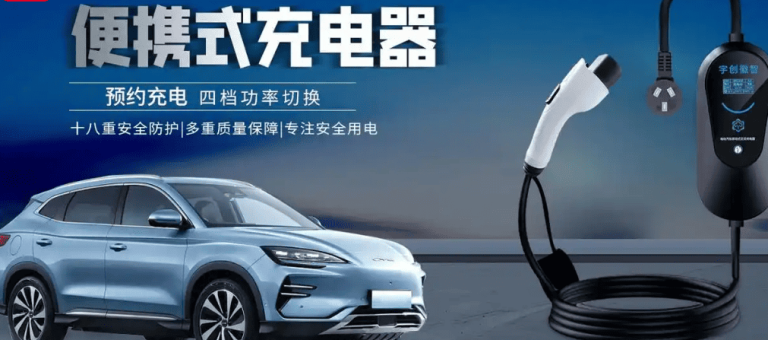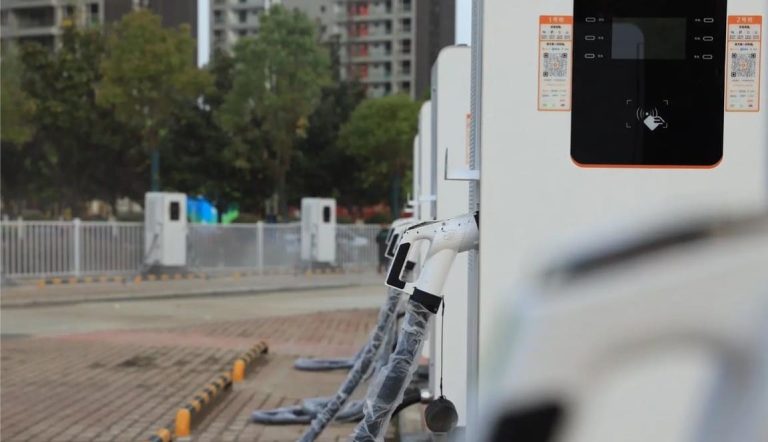Where to charge ev?
Where to charge ev?
There are numerous locations where electric vehicles can be charged. Home charging, public charging stations, and special situations are the three main categories of electric vehicle charging locations. With ongoing infrastructure improvements, charging an EV is no longer a difficult task; owners now have a variety of practical and effective options. You can power up your car in a way that works for you, whether you’re at home, at work, or traveling far. To help you comprehend the features, benefits, drawbacks, and advice for each charging method, we will go over these choices in greater detail below.

The most popular and practical method for EV owners to charge their cars on a daily basis is home charging. Because it fits easily into their daily schedule, especially overnight, many people decide to charge at home. Installing a specialized home charging station or using a regular household outlet are the two main approaches to home charging. A portable charging cable that frequently comes with the car can be used with a regular household outlet (220V in many areas). This approach is simple and doesn’t require the installation of extra equipment. Nevertheless, it is comparatively slow, usually offering a charging power of two to three kW. Depending on the vehicle’s battery capacity, this can take anywhere from ten to twenty hours to fully charge a depleted battery. This makes it suitable for overnight charging or for those who drive short distances daily and have plenty of time to recharge. Despite its simplicity, using a household outlet for prolonged periods may cause the outlet to overheat, so it is essential to ensure the electrical circuit is in good condition and can handle the continuous load. For safer and faster charging, many owners opt to install a dedicated home charging station. These stations, often referred to as Wallboxes, require approval from property management, fire departments, and the local power utility before installation. They typically offer higher power output, ranging from 7 kW to 22 kW, which can reduce charging time to 4-8 hours for a full charge. This is ideal for charging overnight during off-peak hours when electricity rates are lower, helping to reduce charging costs. Home charging stations are usually installed in private garages or designated parking spaces and provide a more stable and secure charging environment. Additionally, some smart charging stations can be connected to mobile apps, allowing owners to monitor charging progress, schedule charging times, and even remotely control the charging process. This not only enhances convenience but also helps manage electricity usage efficiently. Overall, home charging offers unparalleled convenience and cost-effectiveness, making it the preferred choice for many EV owners.
For EV owners who need to charge while traveling or who do not have access to home charging, public charging stations are crucial. These amenities, which are widely dispersed throughout cities and suburbs, give drivers flexibility and peace of mind. Dedicated charging stations run by businesses like State Grid, Star Charge, and Teld are among the most popular forms of public charging. These stations are frequently found in busy places like shopping malls, office complexes, and industrial parks. For instance, the Shanghai Songjiang Yunjian Grain Warehouse Charging Station features 26 fast-charging terminals, is open around-the-clock, and has extra features like lounges, restrooms, and vending machines.Another example is the smart supercharging station at the intersection of Nangang Road and Jinhai Highway in Shanghai’s Fengxian District, which features 40 charging terminals with a maximum power output of 480 kW and a stylish lounge for drivers to relax in. These stations are designed to meet the needs of urban drivers who require quick top-ups during their daily activities. In addition to urban charging stations, highway service areas are increasingly equipped with charging facilities to support long-distance travel. As of recent developments, many highways in China have installed fast-charging stations. For instance, the Changshen Highway Tonglu Service Area South Charging Station, which began operations on August 18, 2025, boasts 108 high-power fast-charging piles, including 40 supercharging piles with a single pile power of up to 600 kW. This allows drivers to recharge their vehicles in as little as 15-30 minutes, making long trips feasible without range anxiety. Furthermore, many shopping malls, hotels, and other commercial establishments offer charging services in their parking lots to attract customers. The Shanghai金桥 Haichang Penguin Wanxin Hotel, for example, has about 50 charging spaces in its B2 parking level, providing convenience for both hotel guests and shoppers. Public charging facilities are often accessible through various apps, such as “E Charging” for State Grid stations or “Teld” and “Star Charge” for third-party networks. These apps allow users to locate nearby charging stations, check availability, and even pay for charging sessions via QR code scanning. While public charging is incredibly convenient, it is generally more expensive than home charging, and during peak hours, stations may be crowded. However, the expanding network of public chargers ensures that EV owners can always find a place to charge, no matter where they are.
Innovative solutions that go beyond conventional techniques and address particular needs or technological advancements are examples of special scenarios for EV charging. The creation of integrated energy stations that integrate battery swapping and supercharging is one new trend. For instance, China Resources Gas and NIO’s Dengfeng project provides ultra-fast charging in addition to battery swapping services. These stations are made to be as convenient as possible, especially for drivers who need a full charge fast or are in a hurry. Battery swap technology eliminates the waiting time involved in charging by enabling drivers to swap out their depleted battery for a fully charged one in a matter of minutes.Although this technology is still in its early stages and not widely available, it represents a significant step forward in making EVs as convenient as traditional gasoline vehicles. Another special scenario is wireless charging, which uses electromagnetic induction to transfer energy without physical cables. Some EV models now support wireless charging, but it requires specialized equipment installed both on the vehicle and on the ground. Wireless charging pads can be installed in parking spaces, allowing drivers to simply park over the pad to start charging. This technology is still relatively new and not yet mainstream due to higher costs and lower efficiency compared to wired charging. However, it offers unparalleled convenience, especially for autonomous vehicles or public transportation systems where minimal human intervention is desired. Additionally, some EV 4S dealerships offer free fast-charging services for customers. While waiting for vehicle maintenance or repairs, owners can charge their cars and enjoy amenities like coffee and snacks. Although this is not a primary charging method, it adds value to the customer experience. Lastly, dedicated charging stations for public transportation, such as buses and taxis, are sometimes open to private EVs. For instance, some新能源 taxi charging stations in Shanghai, like the Teld Suide Road Parking Lot Charging Project or Juneng Charging (Guangzhong Road Station), may allow public access when not in use by taxis. These special scenarios highlight the diversity and innovation in the EV charging ecosystem, ensuring that there are options for every need and situation.
Important Considerations when charging your EV involve understanding the technical aspects and making informed choices to ensure safety and efficiency. First, it is crucial to distinguish between fast charging and slow charging. Fast charging stations, often found in public areas, have high output power (typically above 19 kW and up to 600 kW in some cases). They are ideal for quick top-ups when you are on the go, but it is recommended to use them when your battery level is below 80%. This is because charging speed slows down significantly after 80% to protect the battery health, and frequent use of fast charging can lead to accelerated battery degradation over time. On the other hand, slow charging stations (around 5.5 kW to 22 kW) are better suited for overnight charging or during off-peak hours when electricity demand is low. This not only saves money but also reduces strain on the power grid. Another key consideration is the compatibility of charging interfaces. Different EV models may use various connector standards, such as CHAdeMO, CCS, or GB/T. In China, the GB/T standard is the most common, so it is advisable to prioritize charging stations with GB/T connectors to avoid compatibility issues. Before charging, always check your vehicle’s manual to confirm the correct connector type. Additionally, when using public charging stations, be aware of payment methods. Many stations require apps or membership cards for access, so it is helpful to set up accounts in advance for popular networks like State Grid, Teld, or Star Charge. For home charging, ensure that your electrical system is upgraded to handle the load if you plan to install a dedicated charging station. Consulting with a professional electrician is recommended to avoid overloading circuits and potential safety hazards. Lastly, always monitor your charging session, especially in public places, to prevent theft or unauthorized interruption. By keeping these considerations in mind, you can optimize your charging experience, extend your battery life, and enjoy the full benefits of owning an electric vehicle.
In conclusion, there are several answers to the question of where to charge an electric vehicle because of the growing infrastructure and advancements in technology. EV owners now have more options than ever before, from the ease of home charging to the wide range of public stations and the fascinating potential of special scenarios. You can maximize your electric driving experience by being aware of these options as the world moves toward more environmentally friendly modes of transportation.





































































































































